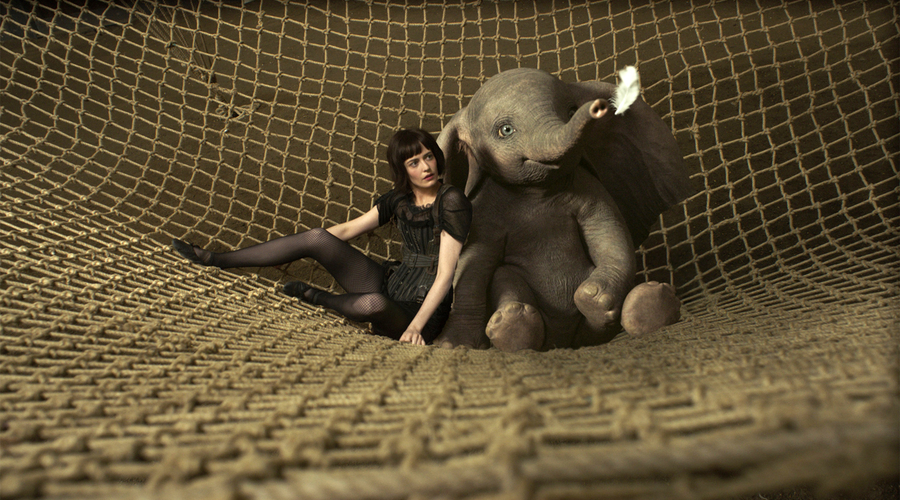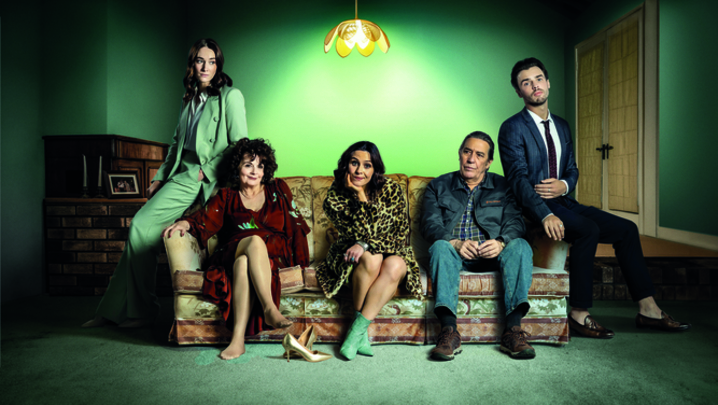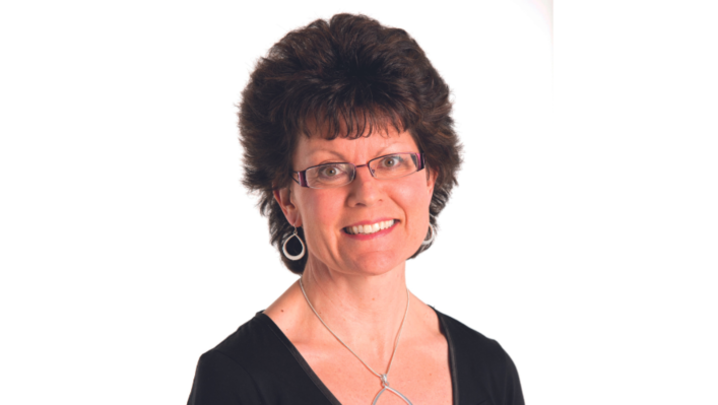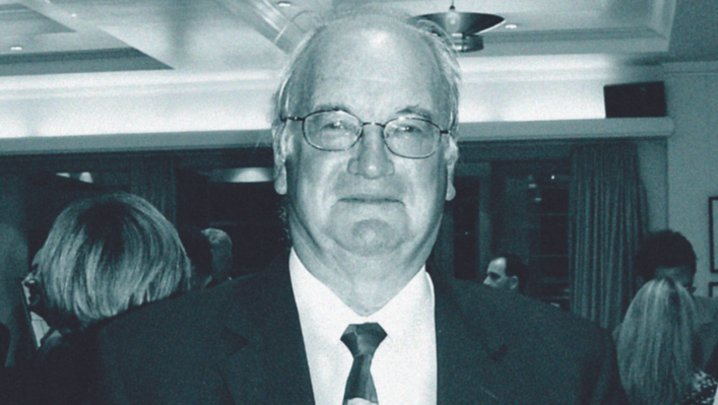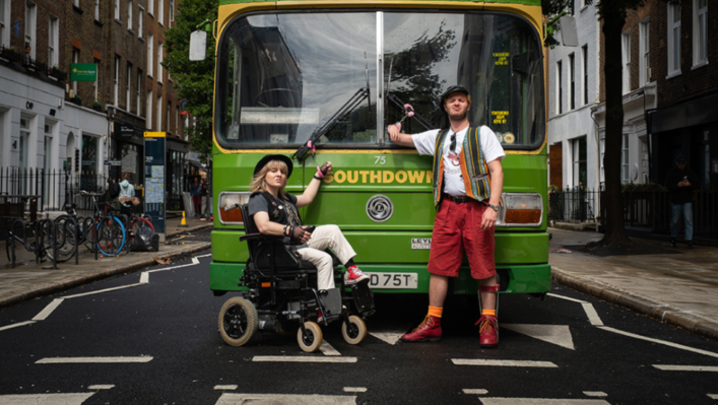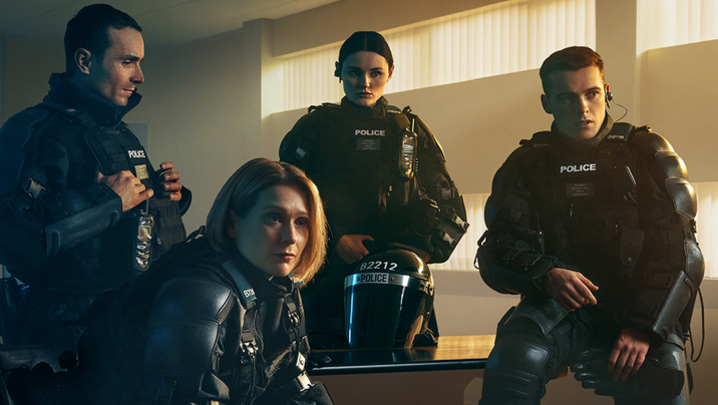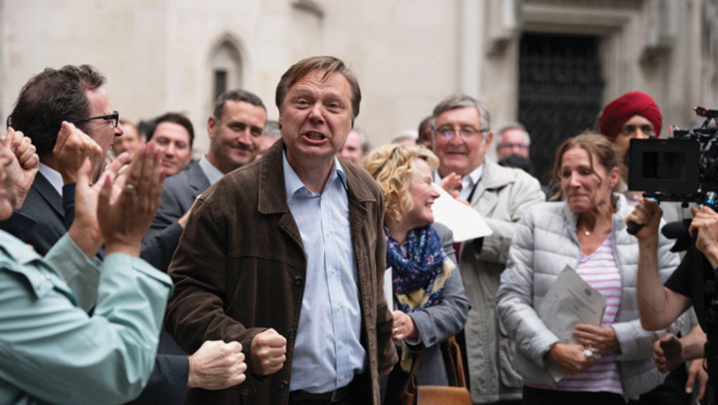Catherine Mullan has created a cornucopia of characters and creatures over more than two decades in film and TV.
She has worked on everything from Dinotopia to Disney’s live-action Dumbo to a slow-motion Jack Russell in the new Flash movie. She is head of animation at the visual effects studio One of Us.
What does the job involve?
It involves supervising the animation across a visual effects project, which can be anything from a simple car or plane to something more complex, such as a hero character or a creature. A supervisor works closely with the animation team, production, the visual effects (VFX) supervisor and the director.
It sounds as if your involvement in a project can vary hugely?
Yes, some projects need animation that’s not integral to the story, such as moving cars in the background. This type of work needs to be realistic; the viewer shouldn’t know it’s animated, but it’s not time consuming and I may be involved for only a week or two.
However, with a principal creature or character, the animators are delivering the performances and it’s much more complex work. On Dumbo, I was the animation supervisor, and I was working on it for two and a half years.
At what point are you brought on board a production?
On animation-heavy projects, I could start work in preproduction and be involved in character development. It’s exciting for the film-maker to see their characters come to life at an early stage. Also, understanding the behaviour of a creature and how it moves can inform its design and also how it is shot.
Why did you choose computer animation?
At school, I was very much into art and maths, but I didn’t want to focus solely on one or the other – I didn’t want to go to art college or go down a technical route.
I stumbled across the computer animation course at Bournemouth University: there was a book in our school careers library that cross-referenced different subjects – and it was listed under art and maths.
In the late-1990s, computer animation was still a niche area and in its early stages as an industry. I knew nothing about the subject, but it sounded so interesting that I took a gamble.
How did you break into animation?
After leaving Bournemouth, I was lucky enough to be hired as a junior animator by Framestore, a very successful visual effects house. My first project was working on the TV mini-series Dinotopia. It was an amazing project to kickstart my career and there was a great team of animators to learn from.
How has your career developed?
I was at Framestore for about five years before moving to MPC, where I became a lead animator and then an animation supervisor.
A decade or so later, I moved to One of Us to help build its animation team. I’ve been here for three years now, and we’re working on some really great projects, including Damsel, a fantasy film for Netflix, which stars Millie Bobby Brown.
What do you bring to work with you?
Since joining One of Us, I’ve mainly been working remotely, from home. I just need a computer, a monitor, a Wacom tablet and a VPN connection to the studio.
Will animators return to the studio?
In general, people are reluctant to go back to the office full-time, and have proved that they can do the work remotely. I moved from London to Belfast two years ago and I live here permanently now. I go to the office for a few days every couple of months to reconnect with the team. Our animation supervisor on Damsel is in Bulgaria; we have animators all over the UK and France.
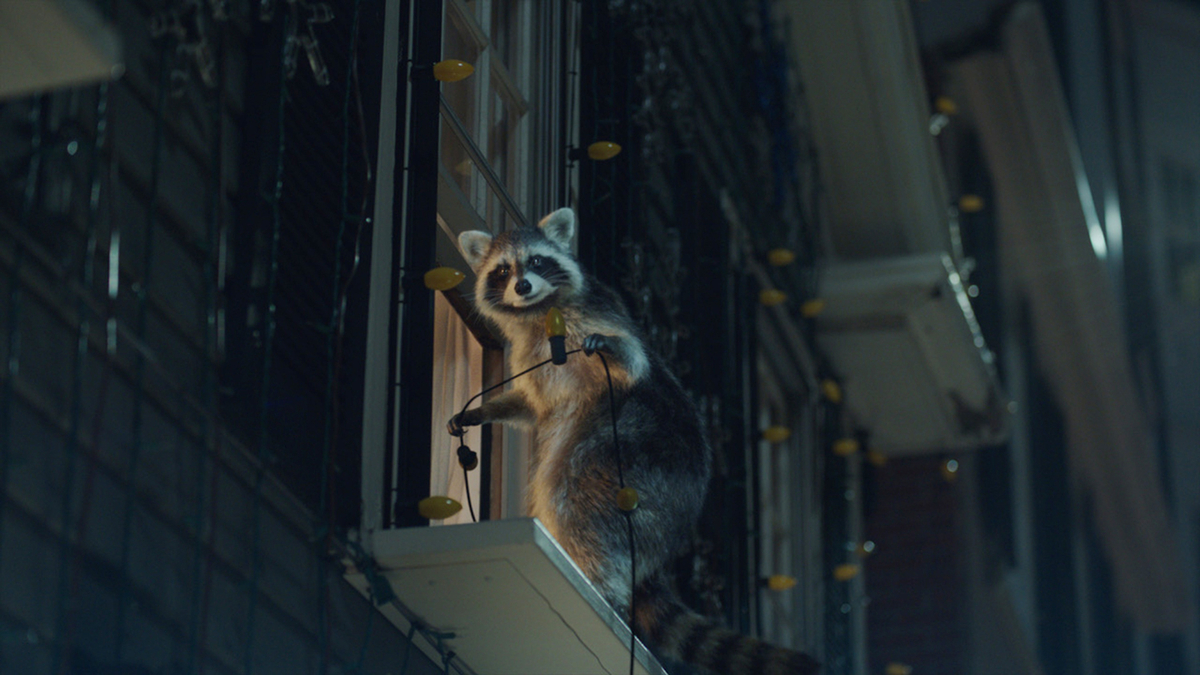
Do you have to be better at drawing or technology?
The work is sometimes technical and everyone needs to be able to use the software, but animators don’t draw – for work, at least – it’s all done within the computer. You could liken the process to stop-motion animation, where you have a puppet that you move around. The difference is that our puppet lives within the computer. Computer animation also allows for a lot more flexibility than stop motion.
What makes a good animator…?
Observation skills are key. We use a lot of reference, depending on what we’re animating. It’s often animals or humans and we study their motion. It can be difficult to get this motion right, but the characters must be believable.
… And a good animation supervisor?
Communication is at the heart of the job – with the animation team and production and with the client VFX supervisor and director. You need to have a strong vision and effectively steer the animation.
You also need to adapt quickly, as there are often changes in direction. Animators can be sensitive and they put so much of themselves into their work, so you need to be respectful when giving feedback. I’ve heard animators called “shy actors”, creating performances through their characters.
Which work are you most proud of?
Maleficent starring Angelina Jolie was the first project I supervised. We created an array of fairy creatures and a dragon; it was a really fun challenge and a great success. And Dumbo, of course – I’ll always have a soft spot for that little elephant.
Most recently, I’m very proud of the team I am building at One of Us; they are a super-talented bunch who are creating some world-class animation.
What are the best and worst parts of the job?
There is huge job satisfaction in bringing a character to life and seeing it on television or the big screen. The worst parts are the tight deadlines and the sometimes long hours.
Are there any tricks of the trade you can share with us?
Animators often film themselves to work out the performance of a character. I have seen animators acting as dragons and fairies.
It’s fun to watch but is also really useful to pinpoint a performance. It’s much quicker to act something out yourself than to animate it to see if it works.
What advice would you give to someone wanting to work in animation?
There are many different routes. Formal education is one, but I know very successful animators who are self-taught.
There are so many resources online, including free software and tutorials. Nowadays, there are also many shorter courses specifically for animation, rather than doing a visual-effects degree that will take three years.
And once you have trained… ?
It’s all about your showreel. Post a short video of your work on Vimeo and send out links. When you’re starting out, you don’t have a high volume of work, so there is a tendency to show everything you have done, not just your best work, but shorter and sweeter is always best.
Has the job changed over time?
The software and tools have improved, but the craft is very much the same, although the projects tend to be bigger and the deadlines shorter.
What are your animation ambitions?
It’s all about landing the perfect project. There are so many interesting shows being made. Many animators are into big creatures and superheroes. For me, it’s all about a good story and an interesting character.
Catherine Mullan was interviewed by Matthew Bell.

